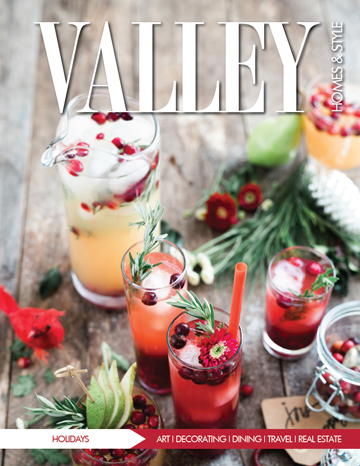Civil War Era Dancers
by Cheryl M. Keyser
Lesley Mack moves onto the dance floor in her soft-soled dance slippers. Her husband, Tom, escorts her in his dress leather shoes. As the music rises, they, along with other dancers, swing into place and begin a glorious evening of twirling, handing off, and stepping as part of the group known as the Shenandoah Valley Civil War Era Dancers.
When one thinks of the Civil War, battles and bloodshed come to mind, certainly not dancing. Yet, despite the ongoing war, social occasions, such as dances, were still common on both sides of the Mason-Dixon line. And compared to today, they were very formal.
The men dressed in their best frock coats; the women were decked out in dresses layered from the inside out. Women’s clothing was very elaborate, starting with drawers and a chemise, a corset and corset cover, a privacy petticoat, hoop, an over petticoat, and finally the dress. Print patterns with images of flowers and leaves predominated if one was better off, while simpler stripes or plaids served for those with fewer resources.
The Macks dress accordingly when they do a presentation or hold a dance. “We use period patterns,” says Lesley, “but there are also places where you can get dresses, petticoats and uniforms off the rack. And it is important that the fabrics be made from natural fibers — linen, wool, or cotton — no synthetics.”
The two of them had done some country-western dancing, but never anything from the Civil War era. Some influence came from both of their parents who enjoyed just about any style of dance, from waltz and fox trot to square dancing.
Both were also schoolteachers, Lesley working with third graders, and Tom with the 4th grade. Each had 22 years of experience and over the course of that time, as they delved into local history, “a passion for learning about the Civil War” arose, explains Tom.
They took their mutual interest to the next logical step — becoming reenactors with the Third Maryland, Company B, based in Hagerstown. Attending one of the reenactments in 2011, they met Robert Reedy, director of the Shenandoah Valley Minstrels where they found that no one had been hired to call out the dance formations. Tom volunteered and wound up “calling” five dances.
So impressed was Reedy that he asked them to become regulars with his band. Of course, Tom naturally replied, “Sure we can learn to do that.”
And learn they did. Their research involved a crash course in learning the necessary steps using tapes from the Library of Congress, burying themselves in reproduction 1860s dance manuals, practicing with the Victorian Dance Ensemble (VDE), and finally picking up the carpets and hitting the dance floor.
They have a core group of some 18 people who are either reenactors or people who like to dance. Christie Anne Detamore-Hunsberger and her husband, Dan, have been with them for two years. Volunteers at the New Market, Va. Battlefield, they serve as docents for visitors touring the farmhouse and field, discussing the role of civilians in the War. “My husband and I did some dancing at battlefield events and looked forward to it,” says Christie Anne. “We knew Lesley and Tom and were excited about their group.” Now they attend rehearsals twice a month and go to events anywhere from once a month to three or four times. Among the others who have joined are a father and his 14-year-old daughter.
Mennonites, the daughter saw the dancing at a festival, loved it, and convinced her father to join her as a partner. Tom and Lesley work constantly on preparing new dances. Group practices are held in the First Presbyterian Church on Court Square in Harrisonburg, Va., but the preparatory work is done in the couple’s home. “When we practice a new dance,” says Lesley, “we set up chairs in our living room to stand in for other couples.” One of those which they learned is the Tempest, which looks much as it sounds. “This is a four couple dance with a lot of swirling, changing of partners, and doing right and left hand turns,” she adds.
And they have taken their organization to a new level with workshops on history and music. One of their recent events included music from the underground railroad and Irish, Scottish and German immigrants. Their workshops and dance demonstrations have taken them throughout the area, from their base in Harrisonburg, to Manassas, Va.; Oakland, Md.; and Pennsylvania. “Wherever we can drive to we’ll go,” says Lesley.
“One idea we took to heart from the VDE is to donate any money we get for our services to Civil War related causes, in particular battlefield preservation,” says Tom. The two main groups they support are the Civil War Trust, which buys battlefield land before developers come in, and the Shenandoah Valley Battlefields Foundation.
Over and above the historic interest, however, Lesley suggests people heed her simple advice, “Get up on your feet and have some fun.” To join the Shenandoah Valley Civil War Era Dancers or to attend one of their functions, contact Tom Mack at TomMack1861@gmail.com, call 540- 743-9389, or visit their Facebook page at Facebook.com/SVCWED.

